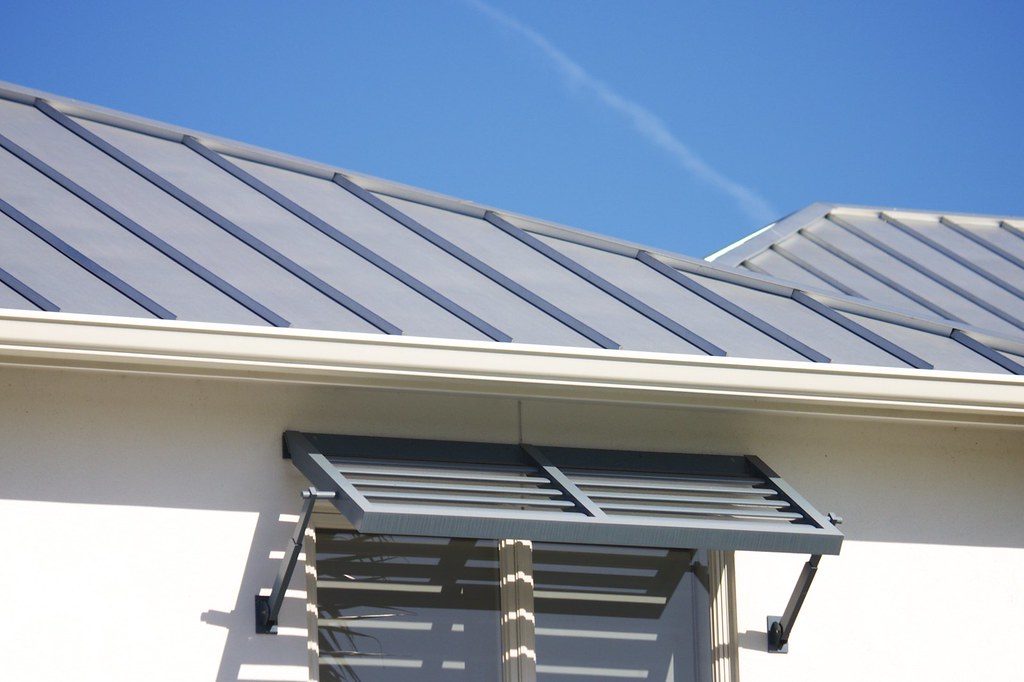Commercial roofing is a vital aspect of any business property, providing protection against the elements and preserving the integrity of the building. When it comes to choosing the right roofing materials and understanding the associated costs, business owners and property managers must make informed decisions.
In this comprehensive overview, we will explore various commercial roofing materials and their associated costs to help you make the right choices for your property.
Contents
Understanding Commercial Roofing Materials
Commercial roofing materials are diverse, each with its advantages, disadvantages, and cost considerations. The choice of roofing material depends on factors such as the building’s location, climate, budget, and specific requirements of roofing companies commercial. Here are some of the most common commercial roofing materials:
1. Single-Ply Membranes
Materials: Single-ply membranes are typically made of synthetic materials such as Ethylene Propylene Diene Terpolymer (EPDM), Polyvinyl Chloride (PVC), or Thermoplastic Olefin (TPO).
Advantages: These membranes are lightweight, flexible, and resistant to UV rays and chemicals. They are easy to install and maintain, making them a cost-effective choice.
Cost: Single-ply membranes generally have a moderate upfront cost, but their ease of installation and durability can result in long-term savings.
2. Built-Up Roofing (BUR)
Materials: Built-Up Roofing, also known as BUR, consists of multiple layers of bitumen and roofing felt, alternated with layers of asphalt or coal tar.
Advantages: BUR roofs are known for their durability and resistance to weather elements. They are ideal for high-traffic areas and provide excellent waterproofing.
Cost: BUR roofing tends to have a moderate to high initial cost, but its long lifespan and minimal maintenance requirements make it a cost-effective choice over time.
3. Metal Roofing
Materials: Metal roofing can be made from various materials, including steel, aluminum, or copper.
Advantages: Metal roofs are highly durable and can withstand extreme weather conditions, including heavy rain and snow. They are low-maintenance and have a long lifespan.
Cost: The initial cost of metal roofing is typically moderate to high, but its longevity and minimal maintenance costs make it a cost-effective choice in the long run.
4. Modified Bitumen Roofing
Materials: Modified bitumen roofing consists of layers of bitumen modified with polymers to enhance flexibility and durability.
Advantages: Modified bitumen roofs are resistant to punctures and tears. They provide excellent waterproofing and are suitable for roofs with low slopes.
Cost: Modified bitumen roofing has a moderate initial cost, and its durability and ease of repair can result in long-term cost savings.
5. Green Roofing
Materials: Green roofing, also known as living roofing, involves the installation of vegetation and plants on the roof’s surface.
Advantages: Green roofs provide insulation, reduce stormwater runoff, and improve energy efficiency. They have environmental benefits and can enhance the building’s aesthetics.
Cost: Green roofing has a high upfront cost due to the specialized materials and installation required. However, it can offer long-term energy savings and environmental benefits.
Factors Affecting Commercial Roofing Costs
Several factors influence the cost of commercial roofing projects. Understanding these factors can help you estimate the budget required for your specific needs:
1. Roof Size and Complexity
The size and complexity of the roof significantly impact the overall cost. Larger roofs and those with intricate architectural features or equipment installations may require more labor and materials, leading to higher costs.
2. Roof Accessibility
Ease of access to the roof also affects costs. If the roof is difficult to reach or requires special equipment for access, it can result in higher labor costs.
3. Roofing Material
The choice of roofing material plays a crucial role in cost determination. Materials vary in price, and some may require additional preparation or specialized installation, affecting overall project costs.
4. Roof Pitch
The roof’s pitch, or slope, can impact installation difficulty and materials required. Steeper roofs may require more safety measures and specialized techniques, increasing costs.
5. Climate and Location
The local climate and geographic location can influence roofing costs. Areas prone to extreme weather conditions may require more durable and weather-resistant materials, affecting project expenses.
6. Roof Maintenance and Repairs
Regular maintenance and timely repairs can extend the lifespan of a commercial roof and reduce long-term costs. Neglected roofs may require more extensive and expensive repairs.
Estimating Commercial Roofing Costs
To estimate the cost of your commercial roofing project accurately, consider the following steps:
1. Get Multiple Quotes
Obtain quotes from multiple reputable roofing contractors. Ensure that the quotes include a detailed breakdown of materials, labor, project timeline, and any additional costs.
2. Assess the Scope of Work
Thoroughly evaluate the scope of work required for your roofing project. Determine whether it involves a complete roof replacement, repairs, or routine maintenance.
3. Consider Long-Term Costs
While upfront costs are essential, it’s crucial to consider long-term costs and benefits. Investing in durable materials and quality workmanship can result in lower maintenance and replacement costs over time.
4. Factor in Warranties
Consider the warranties offered by roofing materials and contractors. Understand the warranty terms, what is covered, and any maintenance requirements to maintain the warranty’s validity.
5. Budget for Unexpected Expenses
Set aside a contingency budget for unforeseen issues that may arise during the project. It’s wise to be prepared for unexpected costs.
Conclusion
Commercial roofing is a significant investment for any business owner or property manager. Selecting the right roofing material and understanding the associated costs are essential steps in protecting your property and assets.
By considering factors such as the type of material, roof size, accessibility, climate, and maintenance requirements, you can make informed decisions that result in a durable and cost-effective commercial roofing solution. Remember that investing in quality materials and workmanship can lead to long-term savings and peace of mind for your business property.
